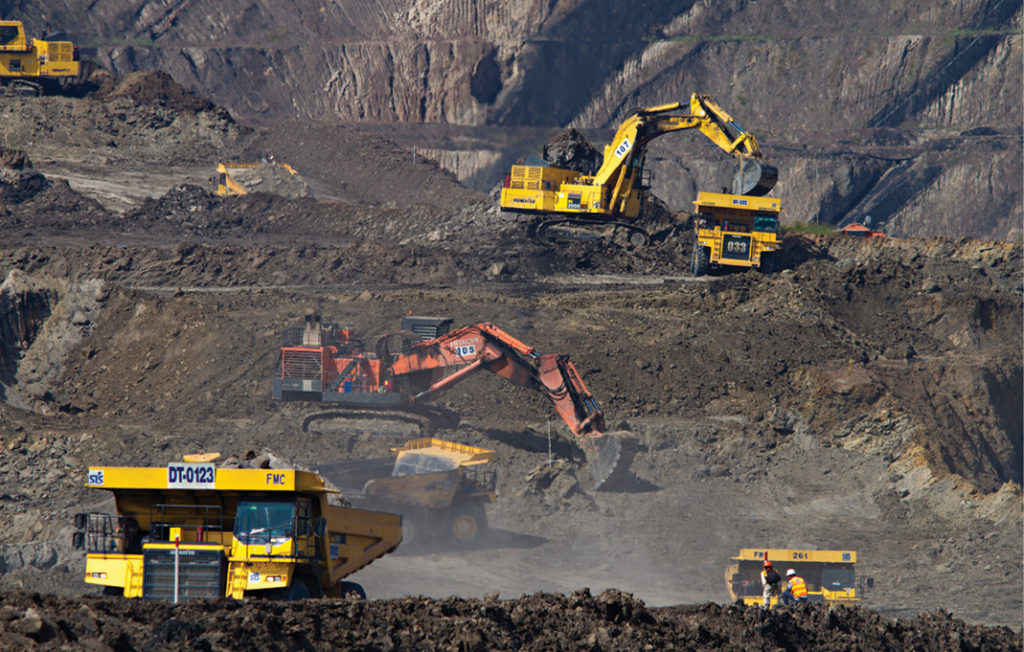Towards a zero-harm mining industry
Four ways to reduce health hazards

The mining industry is one of the riskiest in the world, posing hazards to workers that can lead to life-changing injuries and fatalities. Fatality rates have dropped considerably over time, but we are still far from a zero-harm mining industry, and it is vital that we continuously improve health and safety protocols. Here are four ways to reduce health hazards in the mining industry:
1. Implement consistent use of personal protective equipment (PPE)
Many common health hazards in the mining industry can be prevented when workers are equipped with appropriate personal protective equipment (PPE). For example, industrial deafness because of excessive exposure to loud noises can be prevented by using earplugs and similar protective hearing equipment. Airborne particulates can cause serious acute and long-term respiratory problems, but appropriate masks can help miners avoid breathing them in. Hard hats can reduce the risk of head injuries, protective eyewear can prevent damage to the eyes from abrasive materials, and durable clothing, gloves, and boots can reduce the risk of skin abrasions and blunt force trauma in the hands and feet.
In addition to providing appropriate PPE, it is vital that mining companies train workers on the proper use of the equipment. New hires should have extensive health and safety training that covers the correct use of PPE, and refresher training should be administered on a regular basis. There should also be routine checks in place to ensure compliance, and equipment should be regularly assessed for signs of damage.
2. Minimize exposure to heavy machinery
According to the Centers for Disease Control and Prevention (CDC), hazardous exposure to heavy equipment is one of the three most common health and safety problems in mining and construction. Whole body vibration (WBV) is a particularly common hazard faced by mining workers who spend lots of time sitting or standing on machinery or jumbo operators. Symptoms of WBV include musculoskeletal disorders, cardiovascular damage, vision impairment, digestive problems, and even reproductive damage in female miners.
Mining companies can reduce the risk of WBV by replacing particularly dangerous equipment and vehicles with safer alternatives. They can also minimize the severity of vibrations by repairing uneven surfaces. It is important to minimize the transportation of goods or materials and to use unmanned, remotely controlled machines wherever it is practical. In instances where this is not possible, managers should try to limit the amount of time each worker has to spend using heavy machinery each day.
3. Ban underage mining
As many as 1 million children were believed to be working in mines in 2019, and it is unlikely that this figure has significantly decreased in the years since. Children are even more susceptible to injury than adult miners because of their smaller size and reduced strength. They are also more likely to develop psychological and behavioural disorders because of the harsh working conditions and abuse from adults.
Child miners can be found in parts of South America, Asia, Africa, and Europe, usually in remote regions where law enforcement, social services, and community support structures are scant. This means that illegal child labour and human trafficking practices often go unchecked.
An important way to reduce health hazards in the mining industry is to keep pushing towards a total ban on underage miners. Corporations can play a vital role in this by carefully monitoring their supply chains to identify and tackle incidences of child labour. Non-profit organizations are also pushing to eliminate child labour by monitoring regions in which the practice is common and implementing social and educational programs to help eliminate it. For example, the International Labour Organization’s (ILO) International Programme on the Elimination of Child Labour (IPEC)currently operates in 88 countries across the world and has been progressively eliminating child labour since 1992.
4. Utilize technology to optimize safety
Technology is continually improving the safety of mining. For example, drones can monitor and inspect underground shafts to identify potential hazards without putting workers at risk. Robots can complete hazardous activities that were once performed by humans, such as stabilizing mine roofs or laying explosives. Sensors can be used to monitor conditions in mines and identify potential risks, and software is becoming increasingly advanced in its ability to compile sensor data and make helpful predictions about site safety.
When mining companies utilize the latest technology to manage their operations, they can better protect workers from potentially hazardous situations. Additionally, they can make more efficient and accurate plans when strategizing their mining operations to choose the safest extraction techniques and minimize the amount of time workers must spend exposed to risks.
Timothy River is a digital content & media consultant and researcher.
Comments